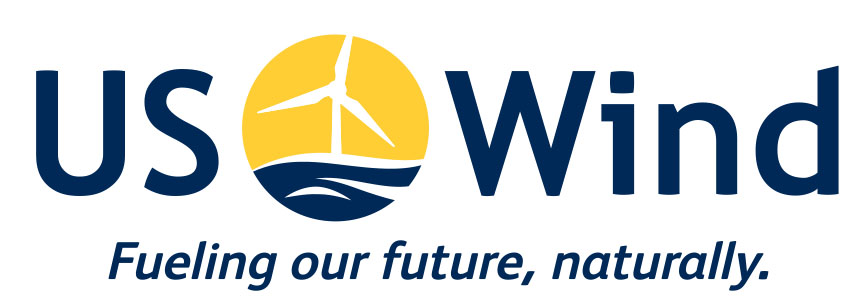Clean energy jobs are the future
Maryland is committed to a cleaner environment, a cleaner planet, and a cleaner future. The Clean Energy Jobs Act (Senate Bill 516, House Bill 1158) will not only strengthen the state’s position as a leader in developing renewable energy such as offshore wind, but also further drive economic growth, power homes and businesses at lower costs, and greatly benefit public health, our climate, and our communities.
Climate action is urgent—according to the Chesapeake Climate Action Network (CCAN), “Maryland is a coastal state with over 3,000 miles of tidal shoreline, thus making us one of the most vulnerable states in America to sea level rise. Climate change also means more severe storms, increased precipitation, deepening periodic droughts, and other detrimental impacts.”
The Clean Energy Jobs Act calls for:
- Expanding Maryland’s Renewable Portfolio Standard (RPS), which requires utilities to buy a certain percentage of electricity each year from renewable sources, taking it from the current target of 25% by 2020 to 50% by 2030. Increasing Maryland’s RPS to 50% clean power by 2030 would reduce 8.1 million metric tons of CO2, which is the carbon equivalent of taking 1.7 million cars off the road each year.
- Transforming Maryland’s economy into a clean energy economy by positioning our state as an industry leader now, making it attractive for businesses to invest in Maryland’s workers and its future.
- Strengthening Maryland’s RPS by removing incentives for trash incineration, which jeopardizes public health.
- Making a substantial investment in training for good, clean energy jobs with livable wages and assistance for minority- and women-owned businesses working in this field.
Public support is another catalyst for change. A recent poll found that 64 percent of Maryland voters think Governor Hogan should support the Clean Energy Jobs Act.
Maryland has already made landslide successes in the past few years, with the original Clean Energy Jobs Act enacted in 2017, achieving a 25% renewable electricity standard by 2020. Maryland stands to immensely benefit its communities, economy, and the environment, by expanding the state’s clean electricity standard to 50% by 2030 and full 100% by 2040—a firm commitment towards ensuring a clean, renewable energy future.
